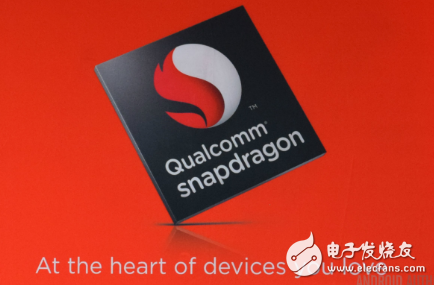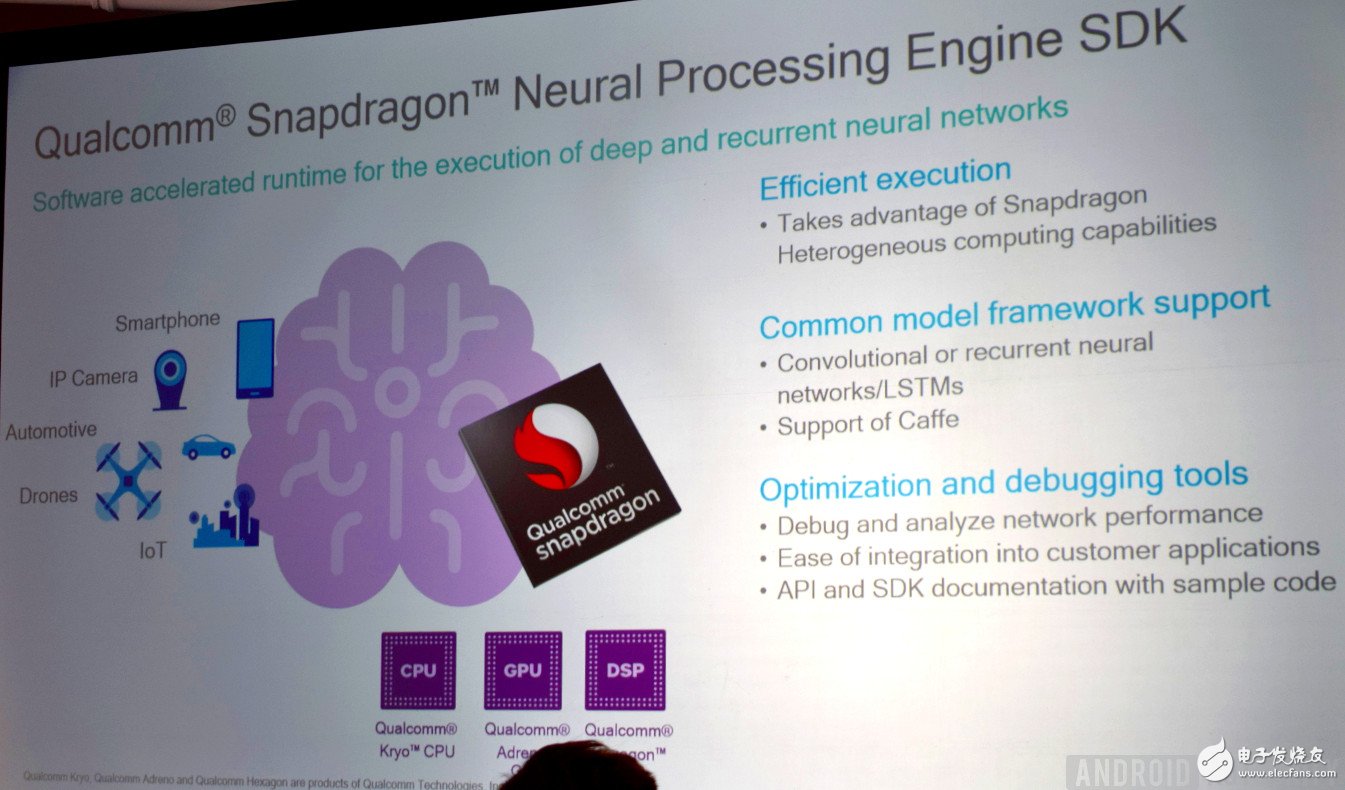According to foreign media reports, Qualcomm has a lot of big moves this year, released the first 5G modem, promised to upgrade the LTE network speed to Gbps level, recently announced the industry's first 10 nanometer process chip with Samsung. Currently, consumers are increasingly demanding mobile phones, not just running applications and games faster.
Dual-lens cameras require dedicated ISP (image signal processing) hardware, stand-alone or smartphone-based virtual reality, requiring innovative compromises to reduce size.
These new requirements have changed the Qualcomm chip design methodology over the past two years. Qualcomm's goal is not only to meet the needs of smartphones, but also to meet the needs of applications such as drones and virtual reality.
Although the Snapdragon 835 will be the flagship chip next year, Qualcomm is also considering using existing technology for low-processing IoT devices, cloud computing and machine learning.

Qualcomm Snapdragon Chip
Machine learning and heterogeneous computingWhile the mainstream of machine learning technology is cloud computing solutions, more and more machine learning solutions run on mobile devices. This is the reason why heterogeneous computing is becoming more and more important. Since the introduction of heterogeneous computing solutions by the Snapdragon 810 chip, Qualcomm has made considerable progress in this regard.
Qualcomm's strategy is not just to spread the load across the CPU and GPU, but also to do some of its tasks with its Hexagon DSP and Spectra ISP. The idea is to achieve the goal of improving performance and reducing energy consumption by selecting the most efficient components to accomplish the task. This will be a key component of Qualcomm's future strategy, especially in conjunction with machine learning to improve the functionality offered to consumers.
Cars, drones, and smart homes will use machine learning technology to provide consumers with more powerful features, including target and speech recognition, as well as self-driving cars. In fact, Qualcomm has introduced a car-specific Snapdragon 820 chip that enhances machine learning and communication capabilities, although the core features are similar to smartphone chips.
Other examples of machine learning applications include improving device security through facial or speech recognition, and the software ensures accurate focus when taking pictures. Currently only about 1% of smartphone applications utilize machine learning technology, but market research firm IDC expects this percentage to rise to about 50% in the next 2-3 years.

Qualcomm Machine Learning Product Line
Of course, it is not just Qualcomm and equipment manufacturers that develop machine learning technology. Third-party developers may also have enough good ideas. In order to promote the development of machine learning applications on Opteron equipment, Qualcomm released the Neural Processing Engine SDK earlier this year - currently supporting the Snapdragon 820 series processors. The platform supports common deep learning frameworks including Caffe and CudaConvNet.
Dual-lens technology, iris and face scanning, the need for virtual reality is getting higher and higher, they all require smartphones to run more and more complex computing algorithms. However, mobile phones are severely limited by energy consumption and heat generation, and they face challenges when running such applications. Specialized hardware and heterogeneous computing are key to overcoming these issues with mobile phones.
There are many types of machine learning tasks, some can run more efficiently on the CPU, some can run efficiently on the GPU, and some can run efficiently on specialized hardware such as DSP. Many tasks need to be done in parallel, so spreading the load across different cores is key to providing such functionality to consumers.
Qualcomm envisions improving the efficiency of tasks that require higher computing power by integrating more specialized hardware modules into the chip, and estimating efficiency by 4-20 times.
Qualcomm's Hexagon DSP, Spectra ISP and numerous sensor processing units make it possible to provide optimized hardware for developers considering these new challenges. Hisilicon's Kirin 960 chip integrates ISP hardware to perform image processing tasks.
czur book scanner,book page scanner,handheld book scanner,book to pdf scanner
Guangdong ZhiPing Touch Technology Co., Ltd. , https://www.zhipingtouch.com